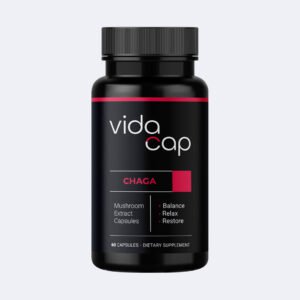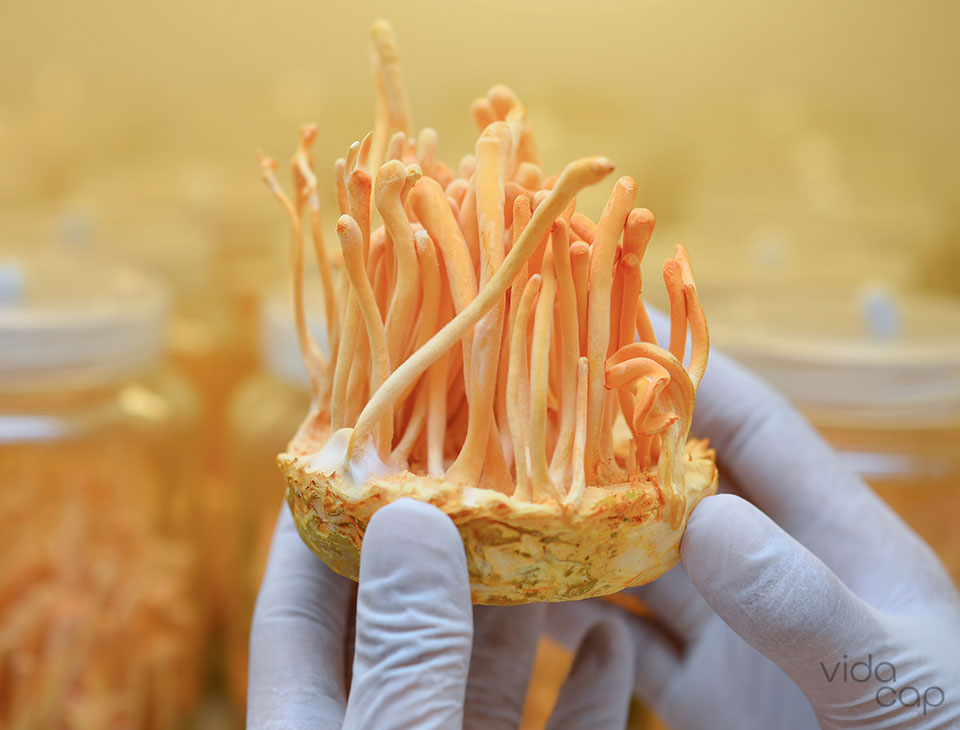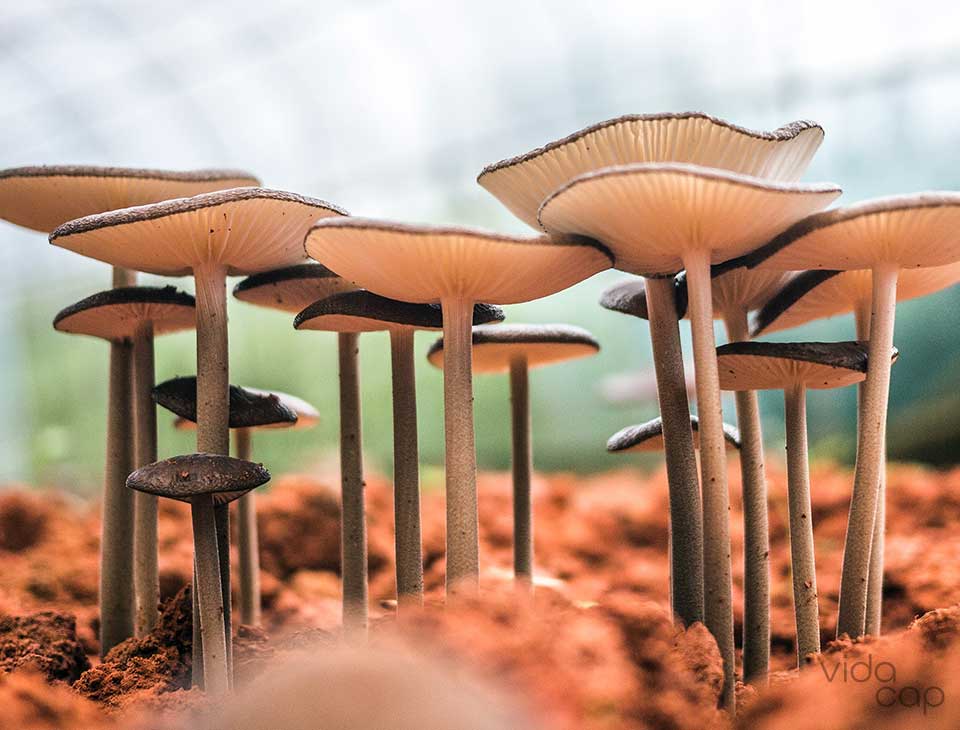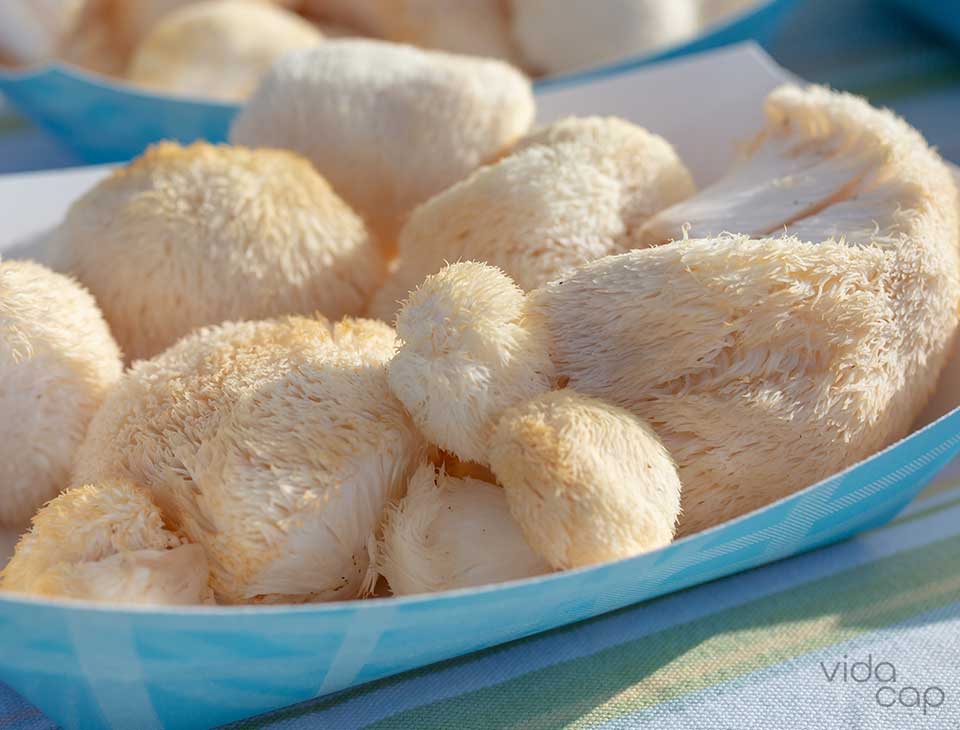
What Is Amanita Muscaria? Explaining “The Santa Claus Mushroom”
 Audrey Ferguson |
Updated on: May 15, 2024
Audrey Ferguson |
Updated on: May 15, 2024
Amanita muscaria, or fly agaric, is one of the most famous fungi on the planet. Its bright red and white spotted cap makes it instantly recognizable, and it has been featured in countless stories and works of art.
Amanita muscaria is sometimes known as the Santa mushroom due to its appearance and association with mid-winter rituals. It is a favorite food of reindeer and has unique psychoactive effects that humans have enjoyed for centuries.
It is popular in Northern Europe and Siberia, where it is thought to originate from. However, it is now becoming increasingly well-known in the West. Therefore, it is more important than ever that people understand this mushroom’s complex chemistry and how to use it safely.
Is Amanita Muscaria Poisonous?
Two commonly searched terms are “is Amanita muscaria poisonous?” and “is Amanita muscaria poisonous to dogs?”. Clearly, people are concerned about the safety of this mushroom for themselves and their four-legged friends.
Indeed, Amanita muscaria can cause some nasty side effects when consumed raw, and many people consider it poisonous. It is rarely lethal for humans but has been known to cause fatalities in dogs. Therefore, it is wise to keep a close eye on your animals when walking in areas where these mushrooms grow. 
Although raw Amanita muscaria mushrooms are toxic, they become safe for humans to consume when prepared in a specific way. They may even have some desirable effects.
Amanita muscaria contains two main active compounds: ibotenic acid and muscimol. The former is found in fresh mushrooms and is thought to be largely responsible for their unpleasant effects. However, when prepared properly, ibotenic acid converts to muscimol, which is considered much safer.
We will discuss these chemicals’ effects in detail below, but first, let’s look at how to identify Amanita muscaria.
How to Identify Amanita Muscaria
As with all mushrooms, learning how to identify Amanita muscaria correctly is essential. Although this species is quite distinctive, it does have a couple of possible look-alikes. However, it is easy to tell the difference once you know what to look for.
We have listed the key features needed to positively identify Amanita muscaria below:
- Season: Late summer to autumn
- Habitat: Woodlands and forests. Occasionally, parks and gardens.
- Habit: Individual mushrooms or small or large groups.
- Average height: Up to 8 inches (20cm)
- Average cap width: 3-8 inches (8-20cm)
- Cap: Convex, becoming flatter with age. Bright red or peach colored with white “warts” that rain may easily remove or wash off.
- Gills: White, free from the stem
- Stem: White, ¼-¾ inches (1-2cm) in diameter with a white ring (annulus) and a swollen, shaggy base (volva).
- Flesh: White with a yellowish tinge at the center of the cap.
- Spores: White
- Taste/smell: Mild and pleasant
There are several different Amanita muscaria subspecies growing throughout the continent. Although they have similar effects, their appearances can differ slightly. Therefore, learning how to identify Amanita muscaria in North America necessitates finding out which subspecies grow in your area and studying their key features.

Does Amanita Muscaria Get You High?
One of the primary reasons people use Amanita muscaria is its psychoactive effects. Its active compounds have hallucinogenic properties when used in high doses, and it has been used in shamanic practices for many years.
However, the Amanita muscaria high is unlike that of other hallucinogenic mushrooms. Most so-called “magic mushrooms” contain the psychedelic compound psilocybin, which interacts with serotonin receptors in the brain to cause sensory distortion, mood changes, and mystical experiences.
Amanita’s active compounds, ibotenic acid, and muscimol, work quite differently. Ibotenic acid interacts with glutamate receptors in the brain and has stimulating effects. Meanwhile, muscimol interacts with GABA receptors and has relaxing properties.
People describe the Amanita muscaria high as dream-like, although individual experiences vary greatly and depend on the dosage and preparation method. Next, we will explain how different ways of preparing the mushroom impact its effects.
How Do You Eat Amanita?
Eating Amanita muscaria is a widespread practice in several countries.
In Japan, the mushrooms are boiled, and the cooking water is discarded to remove the psychoactive compounds. They are then pickled in salt and eaten.
In Siberia, eating dried Amanita muscaria is part of certain shamanic rituals and is said to have visionary effects. When the mushrooms are prepared by drying, they retain some ibotenic acid, giving them potent effects but increasing the risk of side effects.
Most people prefer to prepare the mushrooms by simmering them in water to create an amanita extract. Cooking Amanita muscaria in this way converts ibotenic acid to muscimol, a process known as decarboxylation. Lowering the pH of the water using lemon juice or citric acid aids the conversion further.
Before deciding to eat Amanita muscaria, it is crucial to thoroughly research the mushroom and its effects. Although it has psychoactive properties, it is not suitable for recreational use. Low doses have very subtle effects, and higher doses may cause frightening hallucinations. Eating raw Amanita muscaria mushrooms is not recommended.
How Much Should I Take?
There is no official recommended Amanita muscaria dosage. However, the psychoactive dose for muscimol is thought to be between 10-15mg. Research suggests that 100g of dried mushrooms contains 150mg of muscimol and 30mg of ibotenic acid, meaning that around 10g should be an adequate dose.
However, how much Amanita muscaria to eat depends on the individual, the preparation method, and the dosage. Furthermore, each mushroom can vary significantly in potency, meaning that their effects are unpredictable and they should be used with caution.
Those wondering how to eat dried Amanita muscaria should first try a tiny amount, perhaps the size of a thumbnail. They should then wait for several hours before deciding whether to consume more.
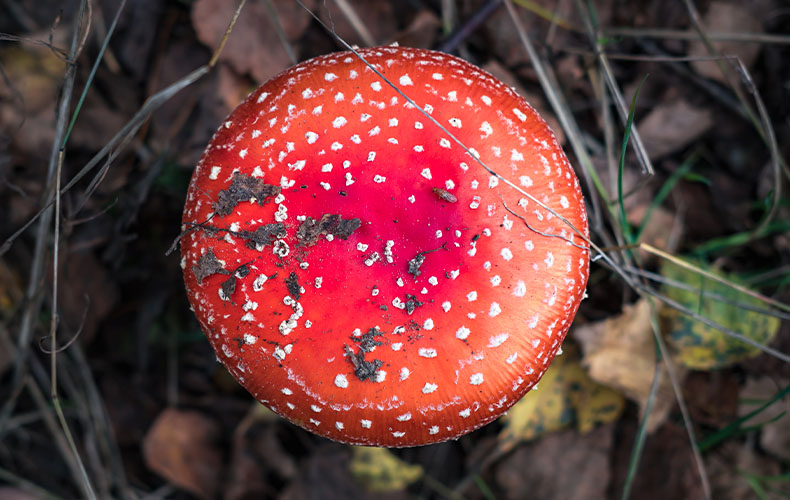
An appropriate Amanita muscaria extract dosage will depend on how concentrated it is. This can be calculated by dividing the weight of the mushrooms used by the amount of liquid produced.
For example, if 100g of dried mushrooms were used to create 500 ml of extract, each milliliter would contain 0.2g of dried mushrooms or approximately 0.3mg of muscimol. Therefore, around 50ml would be necessary to experience psychoactive effects. However, as with dried mushrooms, it is better to try a tiny amount first and work up from there.
Many also suggest that microdosing Amanita muscaria is more beneficial than consuming large amounts. To simplify the dosing process, some prefer to use products like amanita gummies that contain a pre-measured amount of muscimol.
Most Amanita muscaria gummies’ dosage is determined by the manufacturer depending on their potency. Consumers just need to follow the instructions closely to ensure they get a safe and effective dose.
How Does Amanita Muscaria Feel?
There is no straightforward answer to the question, “What does Amanita muscaria feel like?”. It is highly variable and depends on the preparation method, potency, dosage, and individual biology. However, the effects of Amanita muscaria can be broadly categorized as physical or psychological, including:
Physical Effects:
- Nausea
- Vomiting
- Diarrhea
- Headache
- Dizziness
- Disorientation
- Excess salivation
- Sweating
- Uncoordinated movement
- Muscle twitches
- Drowsiness
- Inability to stay awake
Psychological Effects:
- Visual and auditory hallucinations
- Increased sense of introspection
- Distorted sense of reality
- Time loops
- Repetitive thoughts
- Mood changes
- A sensation of having died or being dead
- Out-of-body experiences
- Vivid or lucid dreams
- Increased sense of spirituality
Many describe their experiences with high doses of amanita as reflective rather than recreational. It is not generally considered a party mushroom and is often used for spiritual purposes. Low doses may be stimulating or relaxing, depending on the ibotenic acid to muscimol ratio.
Is Amanita Muscaria Legal?
Many people wonder whether Amanita muscaria is legal due to its psychoactive effects. Unlike psilocybin-containing mushrooms, Amanita muscaria is not scheduled and is legal in most American states. The exception is Louisiana, which includes the mushroom in its list of prohibited hallucinogenic plants.
Although Amanita muscaria is legal, it is illegal to forage for it in certain areas. These include many national parks and private land unless you have the landowner’s permission. Therefore, products like amanita gummies are a great way to enjoy this mushroom without falling foul of the law.
Amanita muscaria gummies are legal wherever the mushroom is, so in every US state except Louisiana. More and more companies are stocking these products and taking advantage of Amanita muscaria’s legal status in the US. However, the industry is not regulated, so it is critical to research your supplier and ensure they provide third-party lab reports to confirm their purity and potency.
Final Thoughts on Amanita Muscaria
Amanita muscaria is an often misunderstood mushroom with unique chemistry and unusual effects. It is relatively easy to identify and is legal in most states, making it an appealing option for those hoping to experience its psychoactive properties.
However, it requires careful preparation to make it safe, and calculating an appropriate dose can be challenging. Therefore, it may be best to try ready-made products like our amanita gummies rather than foraging for mushrooms in the wild.
Either way, always use Amanita muscaria responsibly. Research its effects and dosage thoroughly and consult a medical professional if you are unsure whether it is safe for you.
-
new
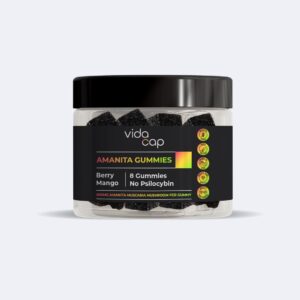 Amanita Muscaria Mushroom GummiesCalm | Mindfulness | Balance$38 Shop now
Amanita Muscaria Mushroom GummiesCalm | Mindfulness | Balance$38 Shop now- Experience a calming and balancing buzz effect.
- 8 Delicious Berry-Mango and Citrus gummies
- 500mg amanita extract per gummy for best results
- Proudly vegan and gluten-free
- Manufactured in the USA with high-quality standards

Audrey has worked as a registered dietitian for 6 years. She graduated from the University of Florida in 2013 with a Bachelor of Science degree. In 2014 she began an internship with the Veterans Affairs Healthcare System, and was hired as an Outpatient Dietitian following graduation. She started her career counseling a variety of patients with different health concerns and disease states. After a few years into practice, she found her passion was working in cancer care, and has spent the last 4 years specializing in oncology nutrition.
In her practice, Audrey has spent a significant amount of time reviewing literature on herbal and dietary supplements in the cancer care setting. Through her work at Vidacap, she hopes to continue to expand her knowledge and understanding of the benefits of supplements in conjunction with promoting a healthy, balanced diet and management of overall health and well being.
Lynn Marie Morski
Reviewed by Lynn Marie Morski, MD, JD, who is a president of the Psychedelic Medicine Association and host of the Psychedelic Medicine Podcast. She sits on the advisory boards of Psychedelics Today, Cybin, VETS, Inc (Veterans Exploring Treatment Solutions), the Oxenberg Foundation, and the Ketamine Task Force.
Read More
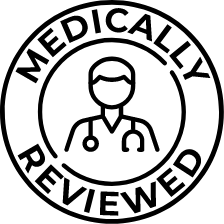
 by Lynn Marie Morski, MD
by Lynn Marie Morski, MD

